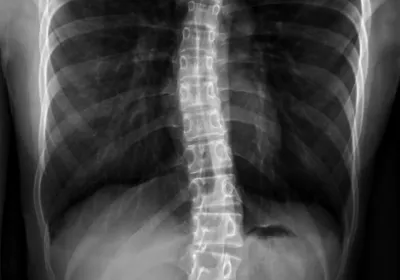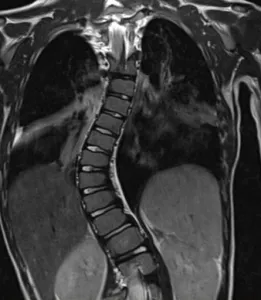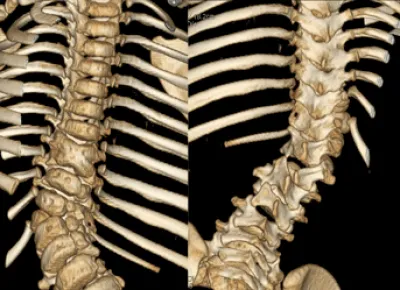June 30 marks International Scoliosis Day. This day is intended to draw attention to the problem of scoliosis, raise awareness of the disease and its prevention, and share experiences in treatment.
Scoliosis is a complex, persistent deformation of the spine, accompanied, first of all, by curvature in the lateral plane, followed by twisting of the vertebrae and increased physiological curvature of the spine.
It is important to diagnose scoliosis early so that you can take appropriate action and prevent more serious problems from developing. Regular check-ups with your doctor and following recommendations for strengthening your back and maintaining good posture can help prevent scoliosis from developing or slow its progression.
Scoliosis is diagnosed by an orthopedist who evaluates the patient's complaints and studies the anamnesis, paying special attention to factors that can lead to curvature. During diagnostic measures, the orthopedist conducts a thorough examination in a standing, sitting and lying position.
Diagnosis of scoliosis involves a visual examination, x-rays, and in some cases, an MRI or CT scan. The doctor evaluates visible signs of curvature, such as asymmetry of the shoulders, shoulder blades, or hips, and performs tests, such as the Adams flexion test, to evaluate the symmetry of the spine. X-rays (Figure 1) can determine the angle of the curvature and evaluate the condition of the vertebrae, and MRI (Figure 2) and CT (Figure 3) can be useful in identifying the cause of scoliosis or assessing the degree of rotation of the vertebrae .































